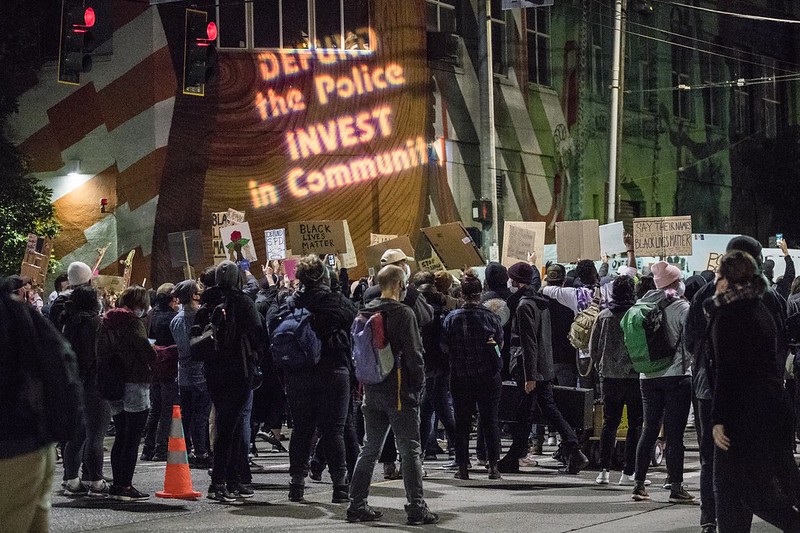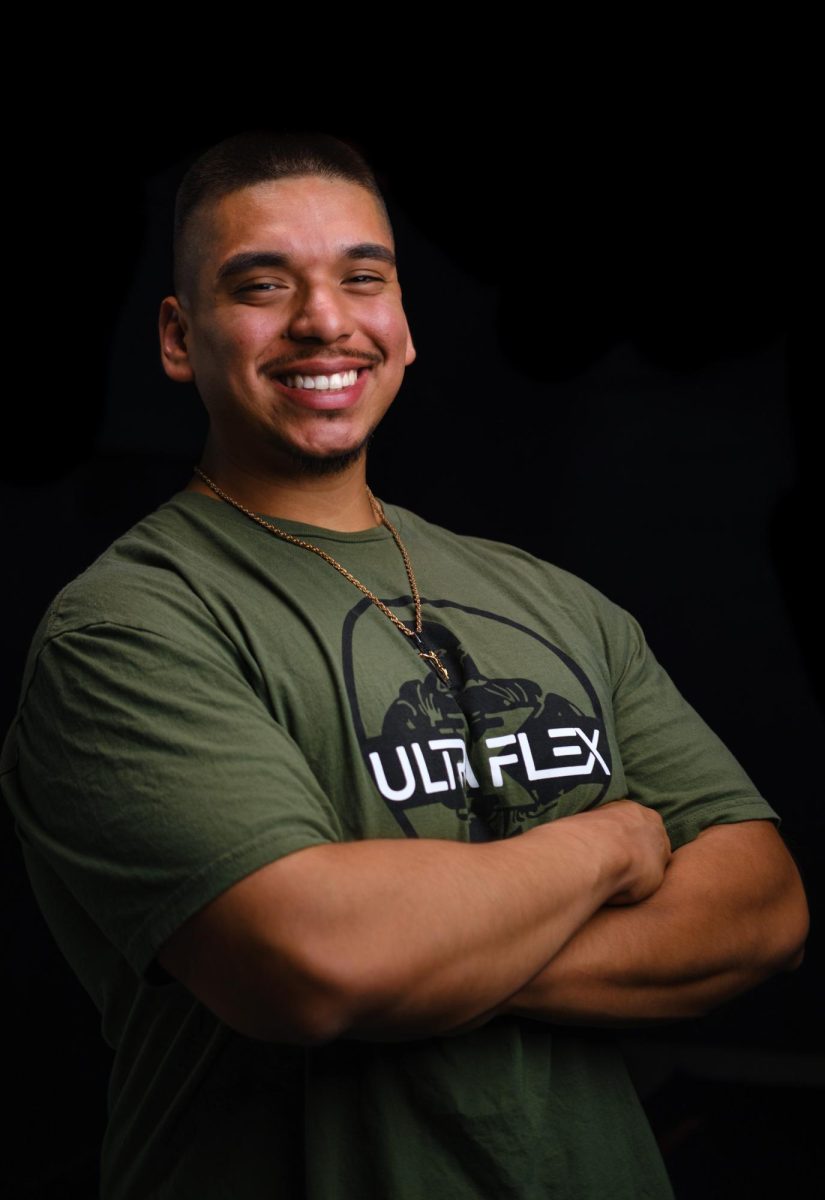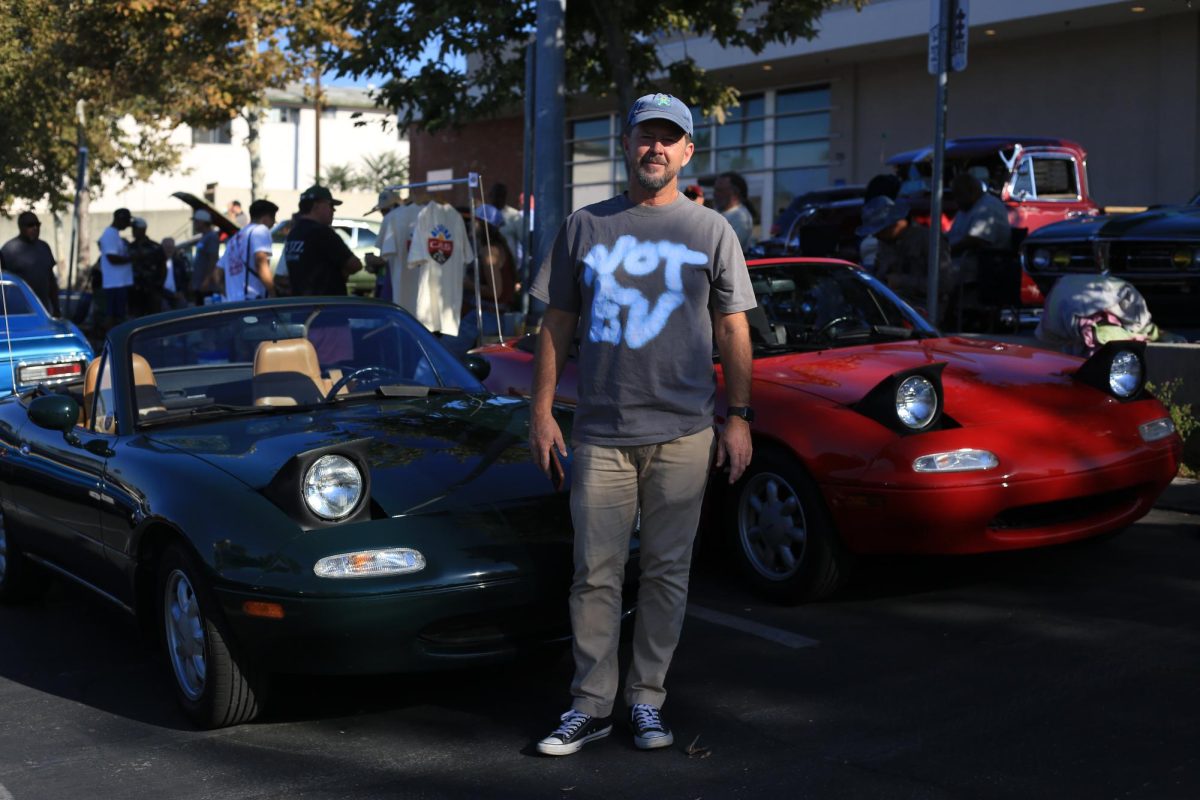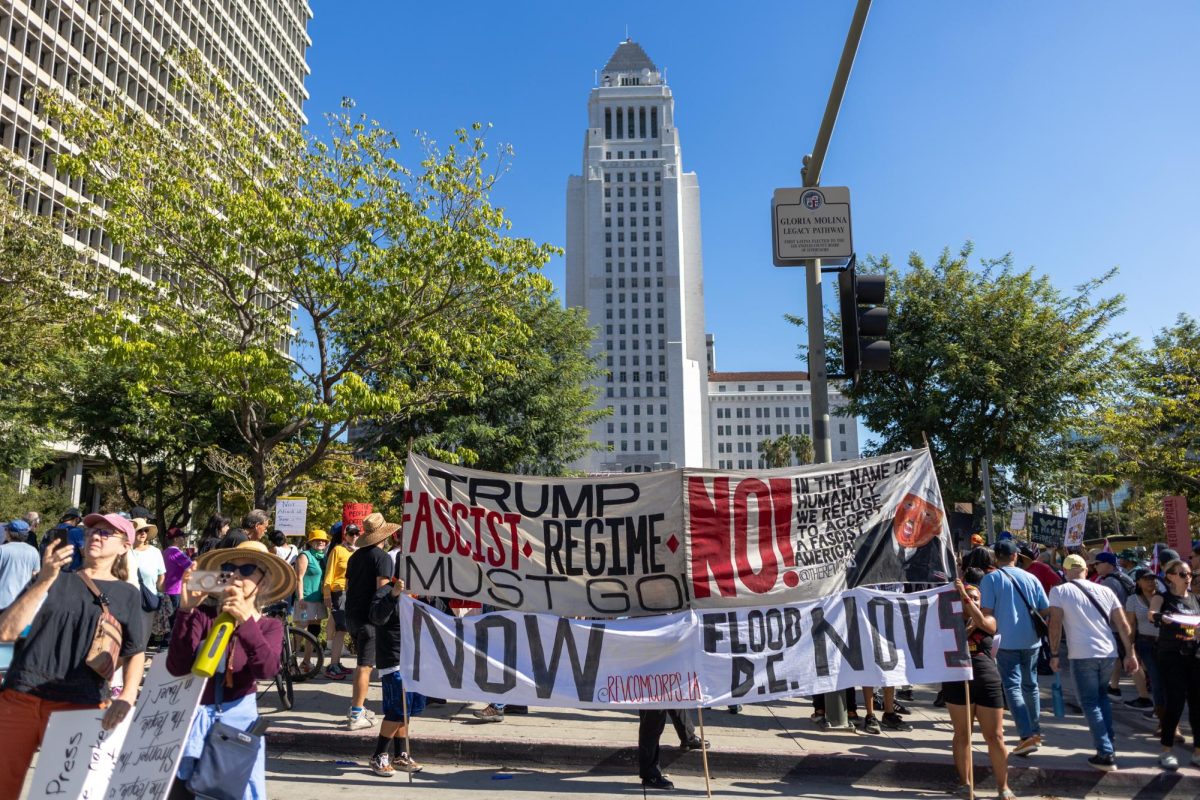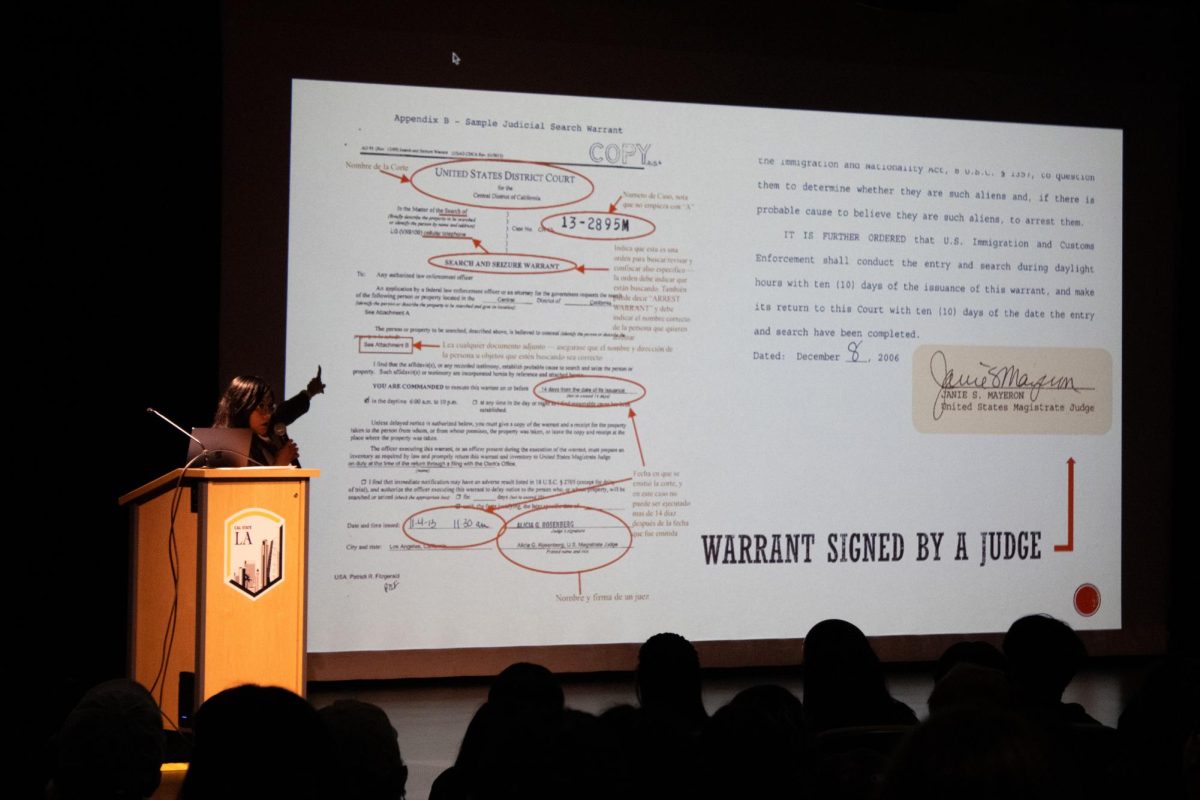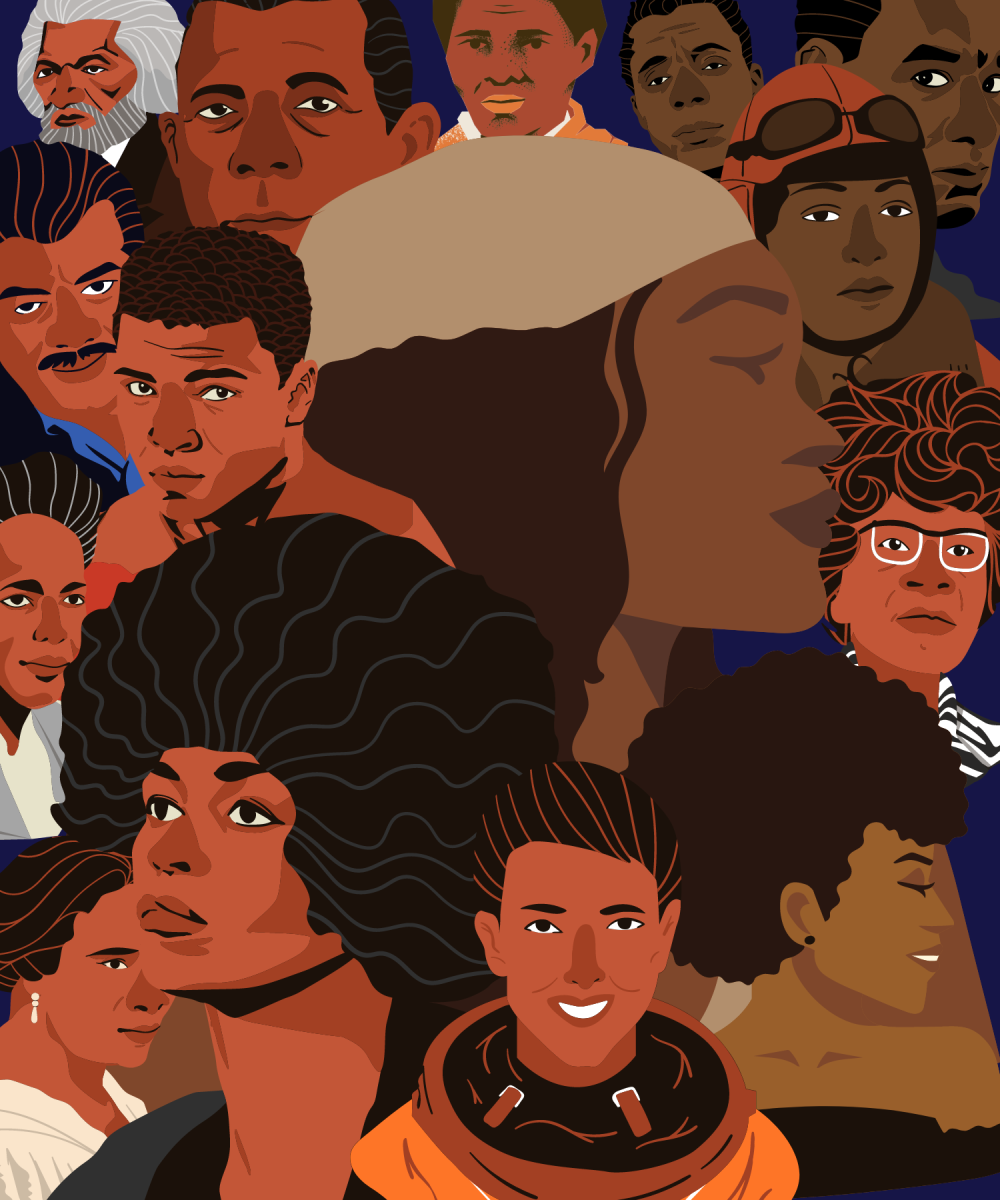A local ballot measure to fund programs to help incarcerated people may be gaining steam amid calls to end racism, help communities of color and defund the police.
“I do know that when we say defund the police, we say that we want community programs like counseling services, rehabilitation services, housing, community centers, and stuff like that,” said Erick Cabrera, a fourth-year Chicanx studies student at the University of California, Los Angeles, who is also a college advisor for the Los Angeles Unified School District.
Measure J’s full name is a mouthful: “Budget Allocation for Alternatives to Incarceration Charter Amendment.” The measure proposes to allocate 10% of the county’s general fund to help incarcerated people and their families by providing restorative justice programs and services related to health care, counseling, mental health and substance use disorder.
Some opponents say tax dollars should be spent more strategically and not decided by ballot measures while others say the programs would not do justice in the way that jail time would.
The measure could violate the California constitution because it would usurp both the District Attorney’s “right to file, decline to file or dismiss charges” and the county supervisors’ authority over the agency’s budget, according to a letter from Michele Hanisee, the president of the Association of Deputy District Attorneys, to the L.A. County Board of Supervisors.
Supporters said the measure would help people struggling to pay off prior charges and having a criminal record.
“If the ballot passes, it would hopefully provide community services at a lower cost when someone has a nonviolent charge,” Amy Goss, a La Puente resident, said in a Facebook Messenger interview. “I know people who are arrested and don’t have medical [care] through their low paying job. They are self-medicating, have physical or mental problems that they need help with, but no insurance. Then, they get stuck having to pay off community service, fines, and probation. The system is keeping them from being able to provide for themselves and their family, a never-ending cycle of pain.”
Supporters say the 10% in funding is an investment for communities. For instance, they say, if you fund youth development programs, job training, low-income jobs, small minority-owned businesses, rental assistance, housing vouchers, and transitional housing, you can improve communities, create better employees and engaged residents, and even stimulate the economy, according to a Ballotpedia page about the measure.
“This isn’t even a radical idea. Suburbs all over the country are receiving these kinds of resources already. This can be an effective way of helping people in BIPOC/low-income neighborhoods [who are] highly affected by mass incarceration,” said Cabrera, the UCLA student. “I think this is the best time to invest in our communities and try something different out. Policing was created to help, rather criminalize. How can elected officials expect our communities to run efficiently when there is no effort on their part to allocate the resources the community members need?”
Like Cabrera, many Angelenos have seen problems across the country with law enforcement and the U.S. criminal justice system. In calling to defund the police or shift resources to other programs, they point to the killing of George Floyd, other instances of police brutality and incarceration rates of the United States compared to other industrialized countries.
“The U.S. incarcerates 716 people for every 100,000 residents, more than any other country. In fact, our rate of incarceration is more than five times higher than most of the countries in the world,” according to the non-profit, non-partisan Prison Policy Initiative.
“Los Angeles operates the United States’ largest jail system,” UCLA professor Kelly Lytle Hernández, who researches the city’s relationship to incarceration, said on UCLA’s website. She referred to the “City of Angels” as “the City of Inmates.”
Some supporters say the Eastside is exactly the type of neighborhood that would benefit from such a measure.
The measure would provide “funding, programs, services — all aimed at providing job training, youth programs, and mental health services for the impacted areas of the Eastside. It’s meant to develop the value of many neighborhoods. Therefore, the benefits of such services and programs to East L.A.’s young people will serve as positive, unifying, and everlasting.”
Updated Oct. 15 to clarify that the opponents who say the the measure may not do justice differ from those who point out other criticisms such as potentially usurping the authority of some elected officials.
Community News reporters are enrolled in JOUR 3910 – University Times. They produce stories about under-covered neighborhoods and small cities on the Eastside and South Los Angeles. Please email feedback, corrections and story tips to UTCommunityNews@gmail.com.

